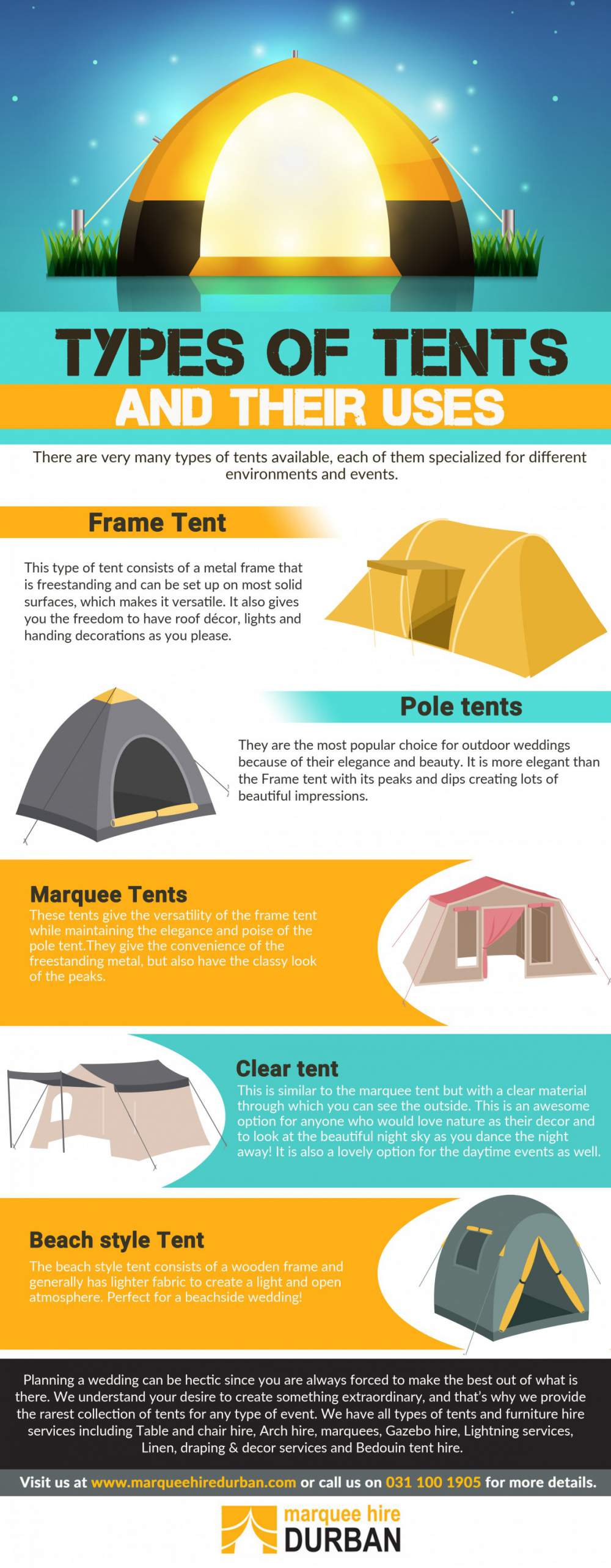Diy Flooring Solutions For Wall Tents
How Rainfall Flies Extend the Life of Wall TentsRain flies are a crucial accessory for wall tents. They boost the capacity of an outdoor tents to protect campers from extreme weather while supplying included convenience and durability.
Regular cleansing of a rain fly maintains mud, mildew, and particles from destroying it. Likewise, ensuring the appropriate stress of a rainfly avoids it from sagging and permitting water to accumulate beneath.
Weather Resistant Products
The material made use of in building projects can influence the longevity and longevity of the project. Selecting weather-resistant materials helps reduce upkeep expenses and saves resources for future repair work and replacement.
Timber might not be the first product that comes to mind when going over weather resistance, however it is very resilient when effectively treated with preservatives. Cedar, redwood, and teak are instances of naturally rot-resistant woods made use of to make a variety of outside furnishings and structures.
High-performance canvas wall surface tents are designed to stand up to moisture and maintain campers comfy. It is important to clean canvas and tents routinely to eliminate dust, mud, and dust. It is additionally necessary to rinse off any residue from the canvas tent before saving it away for use. Stay clear of making use of bleach, as it ruins the water-resistance treatment and makes the camping tent a lot more at risk to leak. Conversely, a soft brush and a hose can be used to extensively scrub the canvas camping tent and rinse it off with water up until it is totally saturated.
UV Direct exposure
Unless a camping tent is made from UV-resistant material, prolonged direct exposure to sunlight will certainly cause it to break down. This is true of all textiles, but it's especially obvious for outdoors tents and canvas structures because of how much they're utilized in outside setups. UV radiation can create dyes to break down, bring about a loss of color vibrancy.
A rainfly safeguards wall camping tents from these unsafe UV rays by reflecting them before they can penetrate the structure and reach your skin. It is necessary to choose a rainfly with a UPF rating of 50 or higher to get optimal UV security.
A rainfly additionally aids manage the temperature inside a tent depending on the season. A lighter rainfly can keep camping tents from taking in excessive warm in the summertime, while a larger rainfall fly can assist stop warm from getting away the camping tent during chillier months. In either situation, these extra layers of insulation can considerably prolong a tent's lifespan.
Moisture Damages
Canvas outdoors tents are rather long lasting and can last 15-30 years with thorough care, however even the most high-performance canvas is not unsusceptible rainstorms. A rainfall fly or fly sheet adds a layer of protection for the roof of your canvas outdoor tents and aids stop wetness damage.
Condensation, mold, and mildew are not just unattractive, however they can also destroy the architectural honesty of your canvas camping tent. Avoiding these problems is uncomplicated, yet it needs precise care and focus to information.
Make it a practice to inspect your outdoor tents in the early morning and eliminate any all-natural condensation, dew, or snow that has camping stove actually built up on the surface. Later, make sure to spread your tent out in an open location and utilize a soft brush to scrub away any type of mold and mold that has formed. As soon as you have actually removed the influenced locations, re-treat the tent with a mold and mildew killer solution and wash it completely to prevent any kind of future invasions.
Dampness Accumulation
While normal, condensation can harm materials if left unchecked. The good news is, positive strategies like cleaning surfaces and airing out tents lessen condensation' impact.
Outdoor tents material, climate problems and usage patterns add to condensation levels. Sailcloth, as an example, resists water vapor dissipation and has a tendency to present beaded droplets quicker than polyester or nylon choices. Recognizing this difference informs exactly how tent proprietors handle condensation.
Owner's breathed out breath and wet garments and equipment spike moisture levels. An absence of ventilation methods allows dampness to condense when warm indoor air meets cooler surface area temperatures. This cycle magnifies on humid nights or when an outdoor tents is positioned in reduced spots. Checking and cleaning camping tent surface areas instantly after cooling down encourages wetness to disperse prior to destructive materials or creating mold. Local air flow, such as routing a fan toward joints, further aids the procedure. Recognizing one of the most susceptible areas of an outdoor tents, like high ridges and corners, assists campers simplify their moisture administration regimens.
